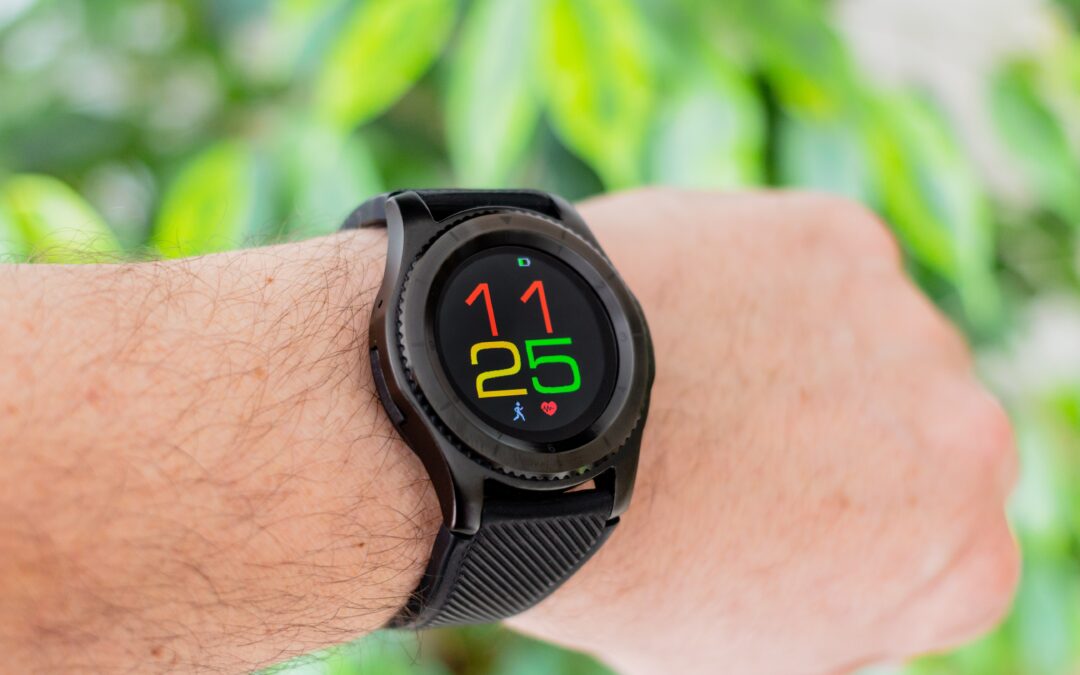How To Calculate Your Heart-Rate Training Levels
If you are trying to improve your cardiovascular fitness, I suggest heart-rate training. It’s a way to improve your fitness, whether you are a beginner or an advanced athlete. This type of program elevates your heart rate to the appropriate training level.
Here are six easy steps to follow to help you calculate your ideal heart-rate training levels:
- Calculate Maximum Heart Rate: Subtract your age from 220. The result is an age-predicted maximum beats per minute. However, this doesn’t account for your current fitness level or genetic factors that can make the true rate higher or lower. Another way to calculate your maximum heart rate is to do a professionally supervised stress test or exercise tolerance test in a clinical environment. Your doctor can arrange this type of test.
- Determine Your Resting Heart Rate: Next, you will need to determine your resting heart rate. Take your pulse first thing in the morning before you get out of bed. Continue to take the pulse rate for several consecutive days to achieve consistent readings.
- Calculate Your Heart-Rate Reserve: You will also need your heart rate reserve. Subtract your resting rate from your maximum heart rate (the number from step one). For example, if you are 30 years old, subtract that from 220. That gives you 180 as a maximum heart rate. Now, subtract your resting rate – let’s say 80. That gives us 110 as a heart rate reserve.
- Heart-Rate Range for Fat Burning: Your fat-burning range is between 50 to 75-percent of your heart rate reserve. Using the 110 as the heart rate reserve, your 50-percent is 55 and 75-percent is 80. Next, add your resting heart rate to both numbers: 55 + 80 = 135 and 80 + 80 = 160. This means that during aerobic training, the heart rate that will most efficiently burn fat is 130 to 155 beats per minute.
- Calculate Your Aerobic Training Heart Rate: If you are training for fitness, that range is even higher than fat burning. It ranges between 75 and 85 percent of your heart-rate reserve. Let’s take your heart rate reserve of 110. 75-percent of that is 80 and 85-percent is 90. Add the resting heart rate (80) to both numbers. To improve your aerobic endurance, you will have to aim for between 160 and 170 heartbeats per minute.
- Calculate Your Aerobic-Anaerobic Threshold: This range is your upper limits of aerobic exercise. This is the limit just before you push yourself into exhaustive anaerobic work. This intensity level is usually done to improve athletic performance rather than weight loss because it does not burn body fat. It should also only be performed after you’ve seen a doctor and know it is safe for you to push to this level. This range lies between 85 and 90-percent of your heart-rate reserve. Again, using the example of a person with a heart-rate reserve of 110 and following the same process as in previous steps: the desired range would be 170 to 175 beats per minute.

